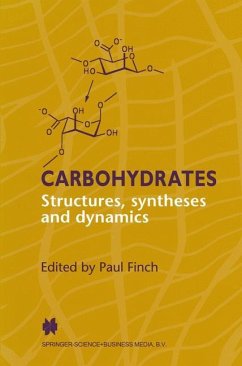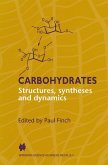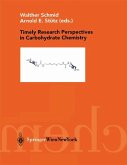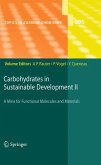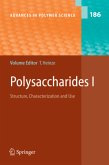Carbohydrate chemistry has seen a resurgence of interest stimulated by increasing awareness of the roles of these substances in biological recognition regulation. In addition, the increasing power of theoretical, physical and synthetic methods have enabled deeper insights into the properties of carbohydrates and their potential for exploitation.
Carbohydrates presents a contemporary picture of our knowledge of the structures and syntheses of monosaccharide, oligosaccharide and glycopeptide units, and the properties of some important examples and derivatives including sulphates and polysaccharides. Written by established experts in the field, the book provides informed perspective of nine key areas at a level between basic texts and special research treatments.
Carbohydrates presents a contemporary picture of our knowledge of the structures and syntheses of monosaccharide, oligosaccharide and glycopeptide units, and the properties of some important examples and derivatives including sulphates and polysaccharides. Written by established experts in the field, the book provides informed perspective of nine key areas at a level between basic texts and special research treatments.
`The style of presentation throughout the book is easily comprehensible, and this is why I recommend the book not only to experts, but also to beginners and students. As suggested also by the Editor of the volume, the book may be quite useful for those who intend to prepare and deliver graduate and post-graduate lectures in the carbohydrate field.' A,C,H-Models in Chemistry, 137:1 (2000)
`The style of presentation throughout the book is easily comprehensible, and this is why I recommend the book not only to experts, but also to beginners and students. As suggested also by the Editor of the volume, the book may be quite useful for those who intend to prepare and deliver graduate and post-graduate lectures in the carbohydrate field.'
A,C,H-Models in Chemistry, 137:1 (2000)
A,C,H-Models in Chemistry, 137:1 (2000)

